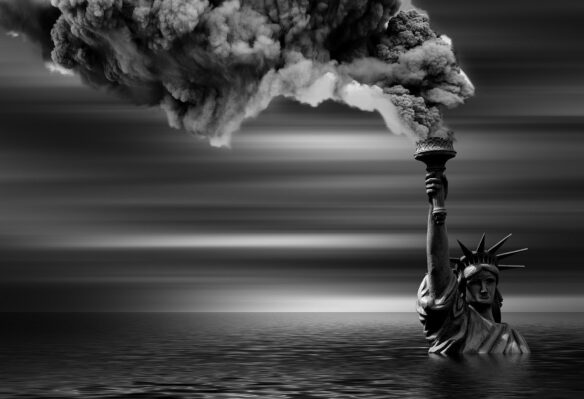Excerpt:
Nearly six months after the Lahaina wildfire on Maui, questions remain about how ongoing contamination from the burn zone may be affecting the shoreline of West Maui — even as locals, and an increasing number of tourists, continue to swim and surf at beaches.
Scientists raised concerns about safety in January, when heavy rains led to a massive plume of brown water surrounding Lahaina, where more than 2,200 destroyed buildings are spread across 2,170 acres of land. Experts are concerned that the runoff from that storm and subsequent rainfalls may have washed toxic contaminants from the burn site into the ocean, including heavy metals like mercury and aluminum, and polycyclic aromatic hydrocarbons, common wildfire remnants that are known to be carcinogenic.
As of now, there’s no certainty about what is in the water, how it’s spreading, and whether or not toxic chemicals are being dispersed by the currents to other West Maui beaches, from Olowalu to Launiupoko and Mala to Kaanapali.
“When we look at these contaminants, it’s in singularity. It’s like, ‘How is this specific [chemical] toxic?’ But in terms of the mixture of all of these together, we don’t know how that’s going to have a human health impact,” Hanna Lilley, the Maui fire response coordinator for Surfrider Foundation Maui Chapter, told SFGATE. “The mixture of all of them all together is kind of unprecedented because it’s so frickin’ close to the ocean.”
The Hawaii State Department of Health and other state agencies, as well as private groups including the Surfrider Foundation, have taken samples of the water for testing. But according to Lilley, most research is focused on the effects to the marine ecosystem and reef health, leaving a gap in regards to potential impacts on human health.
The Hawaii State Department of Health declined to tell SFGATE whether the water off West Maui is safe to swim in, even as the beaches remain open to swimmers.
The department wrote in an emailed statement that the county and the Army Corps of Engineers have employed several mitigation techniques to minimize the amount of contaminants that make it into the ocean, and pointed to a preliminary report on the nearshore waters off Lahaina in August, which found physical parameters like pH and salinity to be in normal ranges.
Darryl Lum, clean water branch chief at the Hawaii State Department of Health, told SFGATE that lab delays mean the department’s own water quality tests analyzing pH, temperature and turbidity, or cloudiness and other indicators of water quality, will take several months to complete. But they haven’t tested for bacteria or heavy metals at sites. The test covered the entire coastline from Honolua to Papalaua Pali.
Lum declined to answer why the beaches haven’t been closed until there’s evidence that they’re safe, and whether contaminants from the fire have been found in the water off Kaanapali, where the majority of West Maui visitors stay…
Island News (02-01-2024):
Storm sends pounding surf that buries popular South Maui beaches
The clamor of stones climbing up the shoreline at Keawakapu Beach has now replaced what was once a stretch of white sand after a recent Kona storm sent pounding surf to Maui’s south side.









